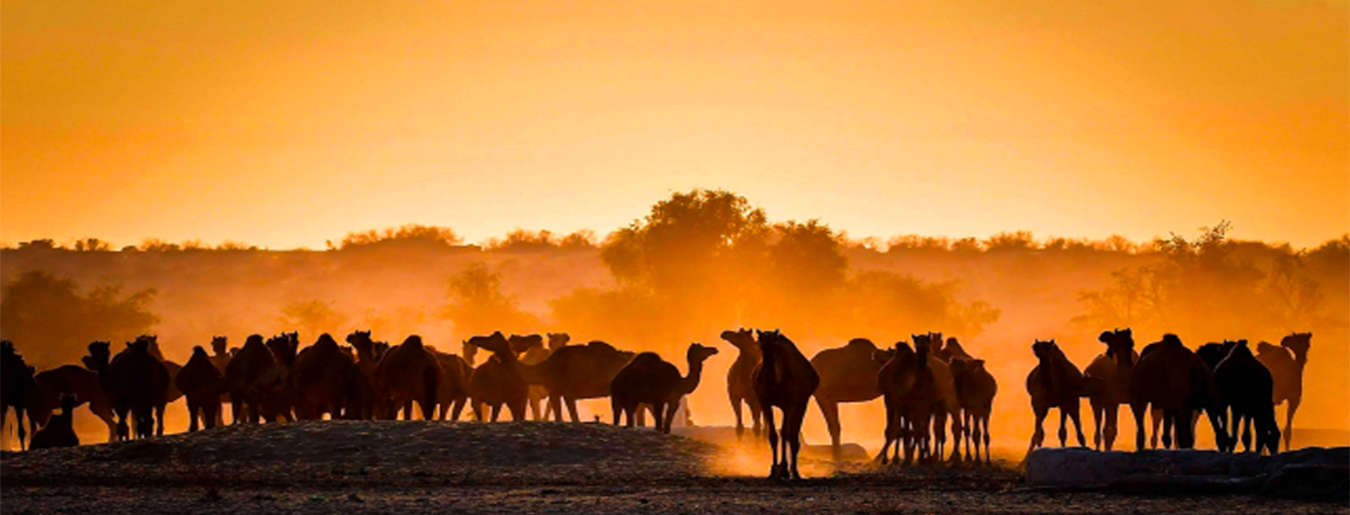Mystical Sufi Trail
Saniya’s Cultural Express SCE would be delighted to take you on board for a spiritual & mystical journey to the City of Saints! Multan is one of the oldest & cultural cities of South Punjab. The ancient city has been continuously inhabited for the past 5000 years. The city attracted a multitude of Sufi mystics in the 11th and 12th centuries for the spread of Islam in the Sub- Continent.
Among these saints were, Syed Shah Yousaf Gardez was one of the first Sufi Saint who came to Multan in 1088 A.D from Gardez (present day Afghanistan) and is said to have restored the city and converted many to Islam. His unique tomb has a rare flat roof, unlike any other Islamic tombs.
Hazrat Bahauddin Zakariya was the leading Sufi saint in the South Asia during 12-13th century who was one of the first to establish the Suhrawardiyya order of Sufism in medieval South Asia. His family arrived to Multan from Khwarezm region of Central Asia from the lineage of Asad Ibn Hashim, and was hence a direct descendant of the same clan lineage as Prophet Muhammad (PBUH).
Signs of great spirituality run in the family, as one the notable successors of Hazrat Bahaduddin Zakriya includes his grandson Hazrat Shah Rukne Alam. Every year nearly 100,000 devotees visit the mausoleum of both Saints at the time of their Annual Celebrations (Urs). Other notable devotees and students of Hazrat Bahauddin Zakriya include Lal Shahbaz Qalandar, and Sayyid Jalaluddin Surkh-Posh Bukhari.
Another well-known Saint is Hazrat Pir Shah Shamsuddin Sabzwari– who was a Muslim Sufi missionary from Subzwar (current Iran) and moved to Multan in 1200 C.E. He was a contemporary of Bahauddin Zakriya. Famous for his mystic poetry and far spread of his missionary work from Badakshan (province in current Afghanistan), through Kashmir, and from Punjab, Sindh to Gujarat.
The area around the city is a flat alluvial plain and is ideal for agriculture with many citrus & mango farms. There are many canals that cut across the Multan District, providing water from nearby farms. The arts and crafts of Multan are testament to the historical and cultural richness of the city. BLUE POTTERY, also known as KASHI GARI, was introduced in Multan centuries ago! With the passage of time artisans of Multan have made uncountable innovations in functionality and patterns with traditional white colour base and blue colour to draw designs.
Bahawalpur & Uch Sharif
The historical and princely State of Bahawalpur is also a part of SCE’s Mystical Sufi Trail. Bahawalpur State was under the rule of Abassi Nawabs from 1727 to 1955 until it merged with Pakistan. It is situated at the edge of Cholistan Desert. The Abassi Nawabs left a rich architectural legacy, and Bahawalpur is known for its monuments dating from that period.
The nearby city of Uch Sharif is renowned for its large number of Sufi Heritage Shrines. It was founded by Alexander the Great during his invasion of the Indus Valley in 326 BC. Though Uch Shariff is a relatively small city, it is known for its collection of shrines dedicated to Muslim mystics from the 12-15th centuries. These shrines are embellished with extensive tile work and were built in the distinct architectural style of Southern Punjab. Situated in the southwest of Uch Sharif are 5 monuments including the tomb and mosque of Jalaluddin Surkh-Posh Bukhari, a Sufi saint and missionary. He was a follower of Baha-ud-din Zakariya and migrated from the Bukhara region of current Uzbekistan. Next to the tomb and mosque are a series of domed tombs, the first tomb is said to have been built for Baha’ al-Halim by his pupil, the Suharwardiya Sufi saint Jahaniyan Jahangasht (1307-1383 AD), the second for the latter’s great grant daughter, Bibi Javindi, in c.1494 and the third for the latter’s architect. The eroded nature of the three clearly allows their profile, construction, and decorated interiors to be seen.
-
Dress Code
The locals in Pakistan dress very modestly, thus it is recommended to wear loose and comfortable clothing that covers your body. It is especially important for women to cover their heads when entering mosques and other religious sites.
-
Included
5 Star AccommodationAirport TransfersBreakfastEntry FeesPersonal Guide
DAY 1
DAY 2
- Hazrat Bahauddin Zakriya
- Hazrat Shah Rukn e Alam
- Shah Shams Tabrez
DAY 3
DAY 4
DAY 5
DAY 6
- Tomb of Javindi Bibi (UNESCO World Heritage Site)
- Baha’al-Halim and Ustead (UNESCO World Heritage Site)
- Tomb and Mosque of Jalaluddin Bokhari (UNESCO World Heritage Site










